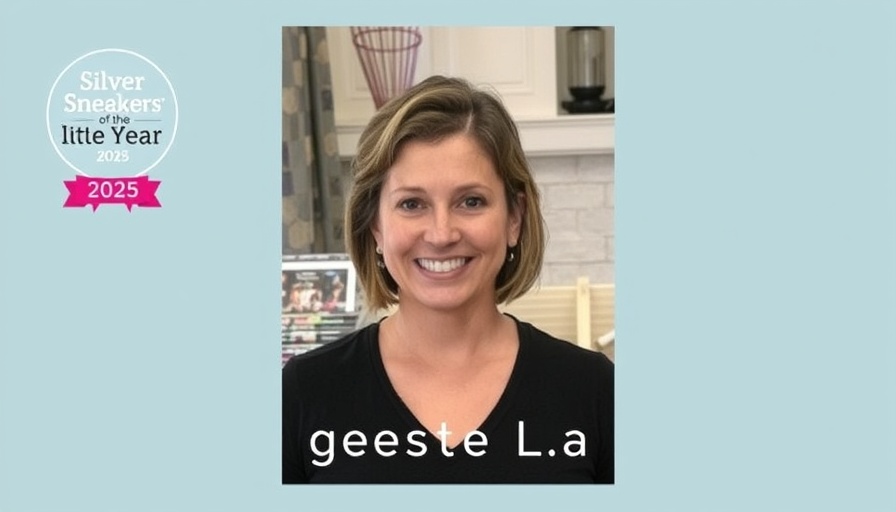
Understanding the Vaccine Effectiveness for Seniors
The recent data from Danish studies reveal promising vaccine effectiveness, particularly for older adults. For seniors over age 65, the JN.1-based mRNA boosters have shown an impressive 70-85% effectiveness against COVID-related hospitalizations. Moreover, these vaccines also proved to be substantially effective in preventing COVID-associated deaths, with rates ranging from 76% to 96%. Importantly, this effectiveness remained stable, not showing any signs of waning in the four months post-vaccination.
Comparing Vaccine Strategies: The U.S. vs. Europe
While Denmark’s approach to vaccination has resulted in high efficacy, the U.S. has pursued a different path. The Centers for Disease Control and Prevention (CDC) reported that vaccines authorized in the U.S. had only 45-46% effectiveness against hospitalization in older adults. This disparity raises questions about which strategies may be best for protecting vulnerable populations against evolving COVID variants.
How Do Variant Changes Impact Vaccine Success?
Variant evolution plays a critical role in the efficacy of vaccines. JN.1, which is a sub-variant of the Omicron variant, became predominant by early 2024. Notably, even as new lineages like KP.3.1.1 and XEC emerged, the JN.1 boosters maintained high effectiveness. This resilience can be attributed to the close similarity of the spike proteins among variants, demonstrating how the JN.1 vaccine effectively boosted protection against these newer strains.
Safety is Key: What the Data Shows
Alongside effectiveness, the safety of the vaccines remains a priority for public health authorities. Recent reports confirm that the two mRNA vaccines analyzed did not result in a higher occurrence of adverse events among seniors. This safety profile is critical in building trust and ensuring higher vaccination rates in the senior community, who are the most vulnerable to severe outcomes from COVID-19.
Outlook for Future Vaccinations
Looking ahead, an FDA panel is advocating for the upcoming 2025-2026 season vaccines to be monovalent and derived from the JN.1 lineage. Experts are contemplating what specific strain will be emphasized, which reflects the ongoing challenges in pandemic response as new variants arise. Having data that proves the JN.1 boosters protect older adults effectively may influence the decision-making for future vaccination strategies.
Conclusion: What Should We Expect?
The findings from Denmark set a strong precedent for how effective COVID-19 vaccines can be for older populations. With continued research and adaptation based on emerging data, the ongoing fight against COVID can be more focused and effective as we learn from the strategies adopted across different regions. It is imperative to continue advocating for vaccine use in older adults, as they remain at the highest risk.
 Add Row
Add Row 

 Add
Add 


Write A Comment